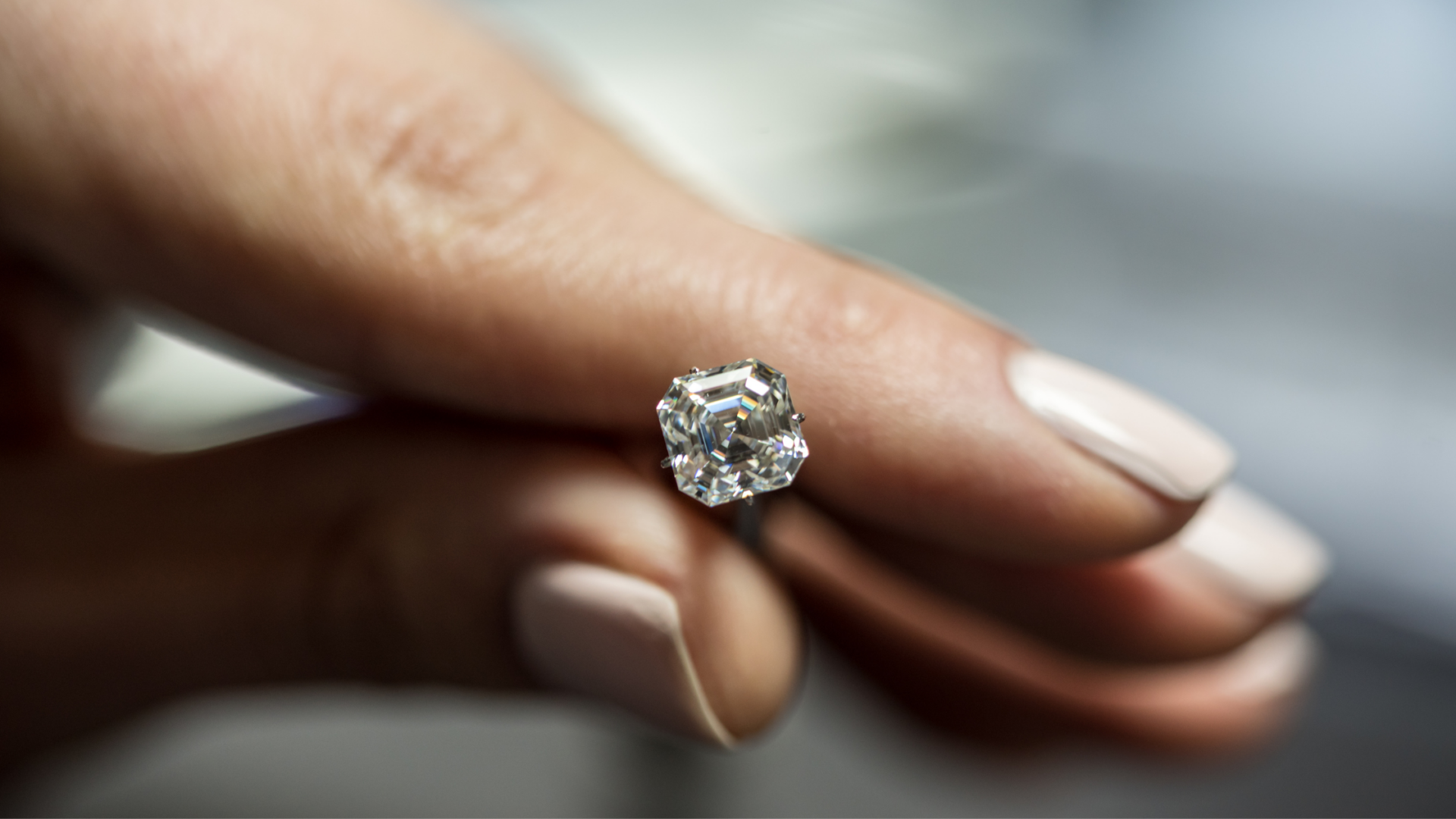- Joined
- Aug 15, 2000
- Messages
- 18,455
Conspiracy theories about diamonds being over priced and not rare confuse me.
1. There are many more kilograms of each of Emerald, Sapphire and Ruby mined each year than diamonds.
2. The yield on coloured gems is far greater than the +50% loss on diamonds (because there are some standards with diamonds).
3. The technology, skill and costs of cutting a diamond are way higher than for colored gems.
4. Diamonds down to 0.15ct get graded at a big cost. Only a small proportion of gems come with a cert.
5. Treated diamonds are the exception. Natural gems are rare exceptions.
6. It costs 100's of millions to billions of dollars to prospect for and establish a diamond mine.
Don't get me wrong - I love gems of all sorts. I am not bashing gems. I am questioning the theory that diamonds are over priced and abundant.
1. There are many more kilograms of each of Emerald, Sapphire and Ruby mined each year than diamonds.
2. The yield on coloured gems is far greater than the +50% loss on diamonds (because there are some standards with diamonds).
3. The technology, skill and costs of cutting a diamond are way higher than for colored gems.
4. Diamonds down to 0.15ct get graded at a big cost. Only a small proportion of gems come with a cert.
5. Treated diamonds are the exception. Natural gems are rare exceptions.
6. It costs 100's of millions to billions of dollars to prospect for and establish a diamond mine.
Don't get me wrong - I love gems of all sorts. I am not bashing gems. I am questioning the theory that diamonds are over priced and abundant.





300x240.png)